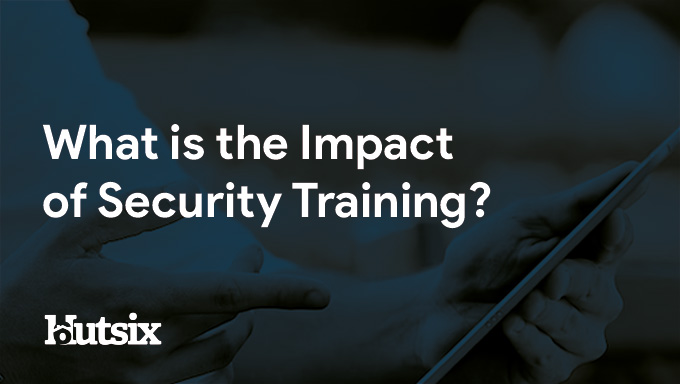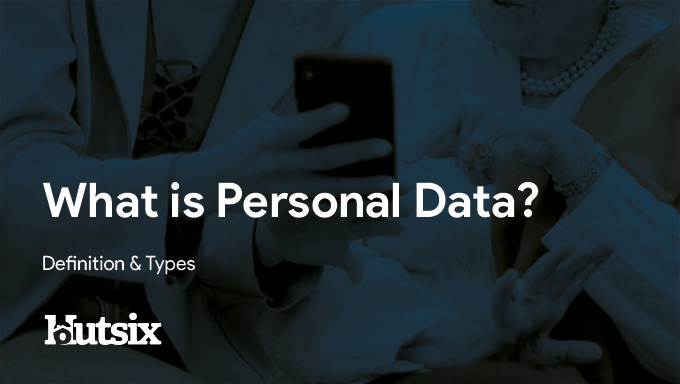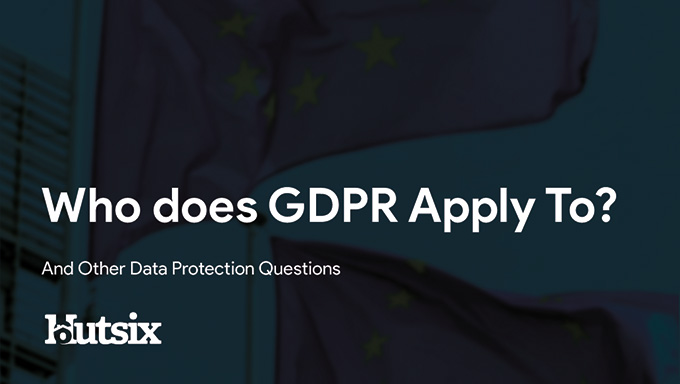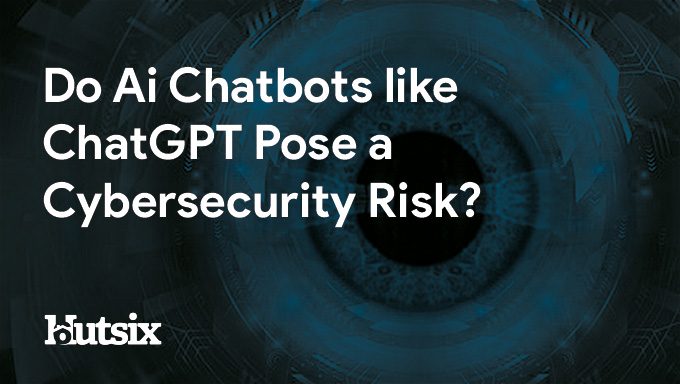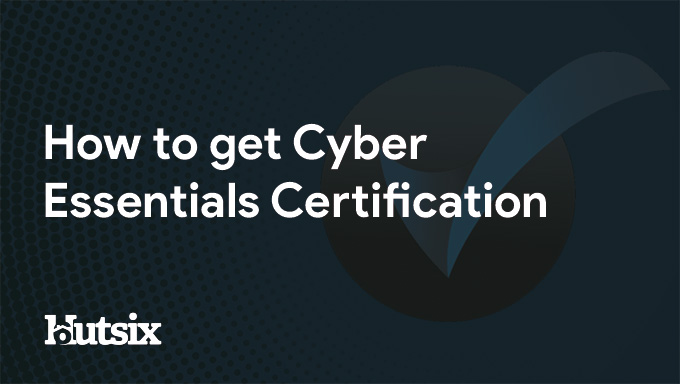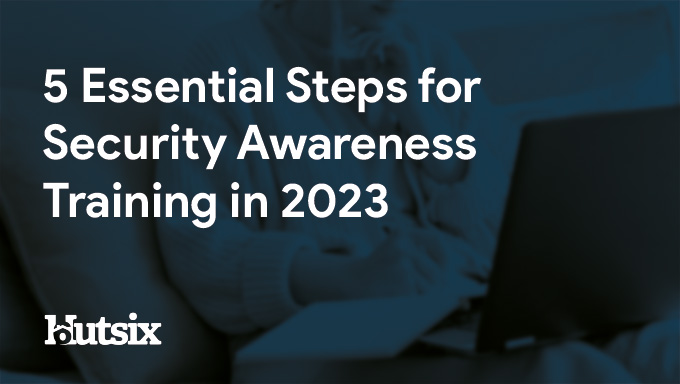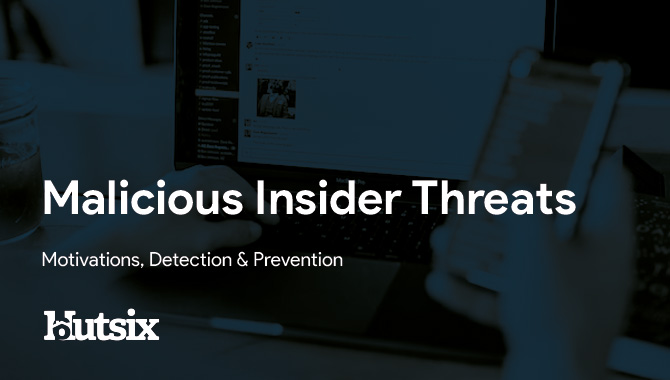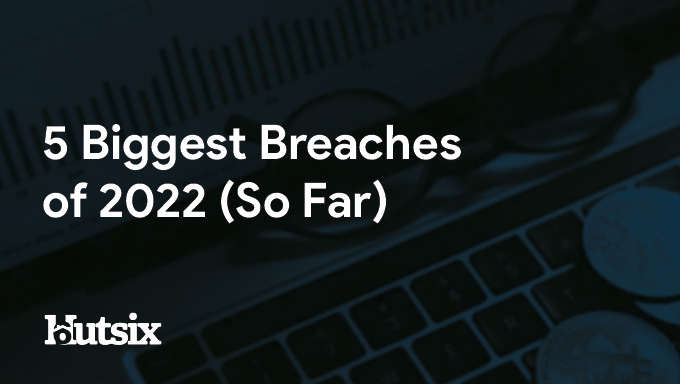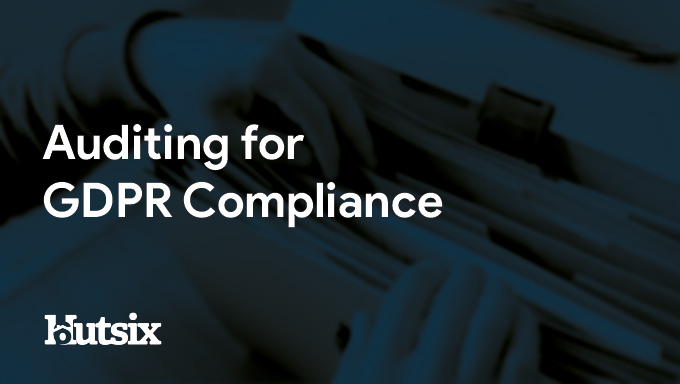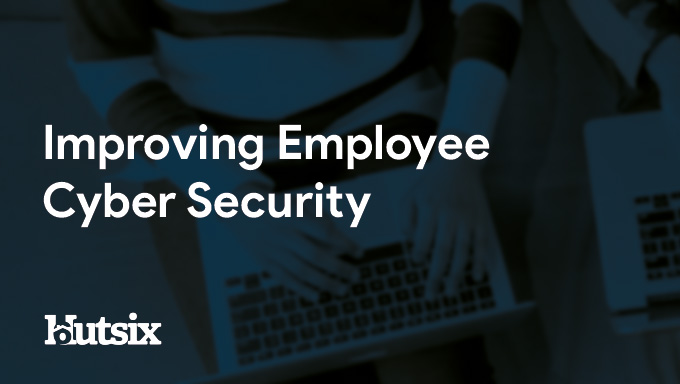Security Awareness Training and GDPR
GDPR compliance isn't just a box to tick or a policy to file away. It lives and breathes through the choices your people make, every single day. Whether they're handling customer data, clicking on email links, or sharing files, your team is at the heart of data protection.
And here's the problem. Most employees don't realise how easy it is to break GDPR rules. Not out of malice, but out of habit. A quick share on a Teams chat. A forwarded spreadsheet. A click on a convincing phishing email. That's how breaches happen, and fines follow.
The good news? It's not about scaring your team into submission. It's about educating them. Security awareness training helps your people understand GDPR in real terms -- not legal jargon, but lived experience. The kind that builds real confidence, encourages smart decisions, and protects your organisation from the inside out.
Looking to learn more about security training?
Talk to one of our experts about effective training now.
GDPR Isn't Just for Legal Teams
What is GDPR really asking of your employees?
You don't need to be a data protection officer to play a role in GDPR compliance. In fact, most of the risk sits with your everyday staff, the people sending emails, managing spreadsheets, or taking customer calls.
GDPR is built on a few core ideas: personal data must be handled lawfully, fairly, and securely. That means only collecting what's needed, keeping it safe, and deleting it when it's no longer required. Simple, right?
But here's the catch. These rules only work if people know how they apply in practice. Can your sales team recognise a data subject access request? Does your finance team know when to report a suspected breach? If not, you've got gaps, and that's where the trouble starts.
Why intent matters in data handling
Most GDPR violations aren't the result of hackers or bad actors. They happen because someone accidentally emailed the wrong person, stored data in an unsecured folder, or shared information without realising it was sensitive. These mistakes are easy to make, and just as easy to prevent with the right training.
Read More: Cybersecurity Awareness for UK SMEs
Security awareness training gives employees the context they need. It explains the "why" behind the rules, and how their role fits into the bigger picture. It turns passive bystanders into active protectors of personal data, and that's where real compliance begins.
From Tick-Box to Culture Shift
Why one-off GDPR briefings don't cut it
Let's be honest, most compliance training is forgettable. A long PowerPoint, maybe a quiz at the end, and it's done for the year. But how much of it actually sticks?
That kind of training might satisfy a policy on paper, but it doesn't shift behaviour. And when it comes to data protection, behaviour is everything. One poorly timed click, one misjudged email, and suddenly, you're facing a breach, a fine, or worse, a loss of trust.
You can't expect people to remember one training session from last January when they're in the thick of their daily tasks. What you need is a steady rhythm of reminders, stories, and nudges that keep data protection front of mind.
How to build security culture from the ground up
Here's the thing: when training feels relevant, people care. When it's short, interactive, and tailored to real work scenarios, it stops being a tick-box and starts becoming second nature.
That's where platforms like Hut Six shine. Our modules are short enough to slot into busy schedules, but rich enough to spark real change. We don't just tell people what not to do, they show them why it matters.
And over time, those small insights add up. You get a workplace where people ask before they share data, think before they click, and understand their role in protecting personal information. That's not just training. That's culture.
Human Risk: The Missing Link in GDPR Strategy
When your firewall can't stop a data leak
You can spend thousands on technical controls, firewalls, encryption, intrusion detection, and still miss the biggest risk of all: people. Because while your systems might be locked down, it only takes one person to send a spreadsheet to the wrong client or fall for a well-crafted phishing email.
And when that happens, GDPR doesn't care whether it was an accident. A breach is still a breach.
Most data protection strategies focus heavily on policies and tech. But what about habits? What about judgement? The decisions your people make are just as critical as the software protecting your servers.
Read More: What is the Impact of Security Awareness Training?
Security awareness training that supports compliance
This is where security awareness training earns its place. Not as an add-on, but as a core part of your compliance strategy. Because when employees understand how their actions tie directly to GDPR outcomes, they start to act differently.
Think of it like this: every module they complete, every phishing test they spot, builds a little more muscle memory. Hut Six's approach takes it a step further, combining interactive content with real-time phishing simulations that train people in the moment, not just after the fact.
Instead of punishment, it's all about education. Click on a phish? You get immediate feedback and a short training nudge. That means employees learn from mistakes, not fear them, and that's how you start reducing human error at scale.
Making GDPR Training Actually Work
Real stories, real decisions -- why narrative training works
Ever sat through a training video and zoned out halfway through? You're not alone. Dry slides and endless policies rarely change behaviour. What does? Stories.
People learn best when they're emotionally engaged. That's why Hut Six uses branching narratives, real-life workplace scenarios where employees make decisions and see the consequences play out. It's not just "do this, don't do that." It's, "What happens if I send this email? Who's affected if I ignore this request?"
When people see themselves in the story, they're more likely to remember the lesson. That's how you turn abstract GDPR rules into something practical and personal.
The power of phishing simulations in GDPR prep
Phishing isn't just a cybersecurity problem, it's a GDPR one too. If someone clicks a fake link and enters customer data, that's a personal data breach. Under GDPR, that needs to be reported fast, and it could cost your organisation dearly.
Phishing simulations offer a safe way to test, train, and build confidence. Hut Six's simulator goes beyond the basics. It sends realistic campaigns and tracks opens, clicks, and data submissions. But the real magic happens after the click, users get point-in-time training that helps them learn, right then and there.
It's proactive, not punitive. And that's key to building a workforce that recognises threats, reacts appropriately, and keeps personal data where it belongs, safe and sound.
Learn more about our brand-new AI tutorial now!
Reporting, Results, and ROI
Proving it's working (and ticking those compliance boxes)
Let's face it, if you're in IT, compliance, or security, someone's going to ask: How do we know this training works?
That's where reporting makes all the difference. With platforms like Hut Six, you get detailed dashboards that track course completion, simulation results, and behaviour trends over time. It's not just about who passed or failed, it's about identifying risk hotspots, measuring improvement, and showing a clear audit trail.
This kind of evidence matters. Whether you're preparing for an ISO 27001 audit, responding to a subject access request, or proving GDPR compliance to the board, good reporting saves time, stress, and reputation.
Building a long-term plan that adapts
The threats don't stay still, and your training shouldn't either. That's why Hut Six updates its content each year, releasing new "seasons" with fresh scenarios and updated guidance. It keeps your employees engaged, and your compliance efforts current.
More importantly, it helps embed security and data protection into everyday thinking. Instead of a yearly panic just before the audit, you've got a steady rhythm of learning that builds real resilience.
And that's your return on investment. Fewer incidents. Smarter decisions. Better protection. All from a training platform your team doesn't dread opening.
Turning Awareness into Action
GDPR isn't just a regulation. It's a shared responsibility. From your IT team to customer service, every employee plays a part in protecting personal data, and the stakes couldn't be higher.
But compliance doesn't have to mean fear or formality. With the right training, it can empower your people. When security awareness is engaging, practical, and human-focused, it becomes part of your culture, not just your paperwork.
Hut Six helps make that shift possible. With short, story-driven modules, ethical phishing simulations, and clear reporting, your team gets the tools they need to stay sharp, confident, and compliant.
Because in the end, strong data protection isn't just about ticking boxes. It's about helping your people do the right thing, every day, without having to think twice.
Security Awareness for your Organisation
Enjoyed our blog? Learn more about how Hut Six can help improve you security awareness with training and simulated phishing. Start a free trial now, or book a meeting with one of our experts.
Featured
What is the Impact of Security Awareness Training? - Hut Six
Discover the Impact of Security Awareness Training: Prevent breaches, foster culture, & build trust.
What is Personal Data?
Learn about personal data, its types, and significance in data protection. Explore general and special category data, as well as pseudonymised and anonymised data under the GDPR.
Who Does GDPR Apply To?
Who Does GDPR Apply To? And Other Data Protection Questions/ Information Security blog by Information security awareness provider Hut Six Security.
Does ChatGPT Pose a Cybersecurity Risk
In this blog post, we explore whether AI chatbots like ChatGPT pose a cybersecurity risk. We delve into the potential vulnerabilities and threats posed by chatbots, and discuss measures that can be taken to mitigate these risks. Read on to discover how you can ensure the security of your organisation's chatbot interactions.
How Do I Get Cyber Essentials Certified?
Learn how to obtain Cyber Essentials certification and enhance your organization's cybersecurity posture with our comprehensive guide. Our expert insights will help you navigate the certification process to meet the requirements for Cyber Essentials.
Essential Steps for Security Awareness Training
Starting a security awareness training campaign? Here are 5 essential steps to help ensure information security success.
Malicious Insider Threats - Meaning & Examples
Malicious insider threats can cause massive problems. Here we examine some of the motivations behind attacks and methods of detection organisations can use to reduce risk.
5 Biggest Breaches of 2022 (So Far)
Five of the biggest and most significant data breaches, hacks, and information security attacks of 2022 (so far).
Auditing for GDPR Compliance
Questions to consider when auditing your business or SME for General Data Protection Regulation (GDPR) compliance.
Improving Employee Cyber Security
With human error responsible for many breaches and attacks, we offer some helpful areas for improving employee security compliance.



